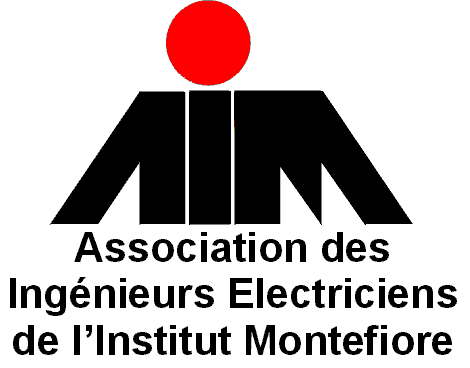
| 
|
Advanced Seminar on ATM June 12-13, 1997 - Liège | 
|
|---|---|---|---|
|
A. Danthine Université de Liège |

| 
|
Advanced Seminar on ATM June 12-13, 1997 - Liège | 
|
|---|---|---|---|
|
A. Danthine Université de Liège |
 Introduction
Introduction
 Table of Contents
Table of Contents
The LAN Emulation deserves an in-depth coverage as it appears to be one of
the most popular way to introduce ATM in the corporate network.
When used as a backbone between legacy LANs implemented with switching
hubs, the LANE is perceived at first side as a very useful technology for
implementing the new concept of Virtual LAN in a flexible manner.
However, its successful implementation may be linked with the type of
contract which will be implemented.
It is now accepted that the traffic control introduced in the initial
version of the ATM services will not be able to support the successful
integration of ATM in a corporate network. Its rigidity limits its
usefulness and the legacy applications are requiring more flexibility and
interaction between the service users and the service providers.
To achieve this flexibility, it is essential to associate the congestion
control of an ATM network with its traffic control. Furthermore, this
traffic management has to be linked with an access control.
In this section, we will present in detail the actual situation and what
may be expected from the various proposals in the corporate network.
It is now obvious, with the success of the Internet, that IP has
demonstrated its capability to provide a world wide service.
Its assets are the handling of the addresses and the performances of the
routing protocols. But the success requires now more bandwidth and more
powerful routers to avoid a deadly congestion of the Internet.
As ATM has demonstrated its capability to provide high data rates and
efficient switching, it is tempting to integrate the best of both worlds.
Proposals from Ipsilon Networks, Toshiba, Cisco and IBM are going in this
direction.
We will examine in detail these approaches and discuss the possibility of
an open standard in this very important area.
If there is a trend to support real time multimedia application by an
evolution of the TCP/IP communication stack, as discussed in the tutorial
of Jean-Yves Le Boudec (16 April 1997), another possibility based on a more
direct access of the multimedia application to the ATM service must also
be taken into account.
After the presentation of the later approach for the multimedia service on
demand for the residential user, with different access networks, we will
discuss the situation in corporate networks in general and in an Intranet
in particular. A possible integration of the both approaches will be presented.
André DANTHINE, Professor at the University of Liège since 1967, created a
research unit in networking (RUN) in 1972. In 1990, Prof. Danthine launched
a new Esprit project, OSI95, to tackle the problem of the design of a new
transport service and protocol (TPX) for multimedia applications in a high
speed environment including B-ISDN. In 1991, he joined the RACE Project
CIO. It is in the framework of this project that the ATM LAN of RUN has
been connnected, at 34 Mbps, to the European ATM Pilot for functional and
performance evaluations. Since 1994, Prof. Danthine is also involved in
another RACE project, ACCOPI. November 1995 was the starting point of
OKAPI, an ACTS project.
Since 1992, Prof. Danthine is the chairman of the COST action 237 on
"Multimedia Telecommunication Services".
Prof. Danthine is a member of ACM, of IEEE, of the Editorial Board of
"ETT", of the Editorial Advisory Board of the Wiley Series in
"Communication and Distributed Systems", editor of several books and
proceedings and author of more than hundred papers. Chairman of the TC6 of
IFIP from 1979 to 1985, he is Governor of ICCC since 1982. CRB Fellow in
1960, he received the Melchior Salier Prize in 1960, the "Bell
Telephone-100th Anniversary" prize in 1983 and the IFIP Silver Core in
1986. In 1993-1994, he was Francqui Professor at the VUB. He is Doctor of
Science Honoris Causa of the University of Kent (1991) and of the
University Paul Sabatier in Toulouse (1996).
|
Editor: -G. Leduc- Webmaster: -S. Calomme- |
CSS |
RUN |
Montefiore |
ULg © 1998-1999 Last Modified: Thu March 11 1999 |